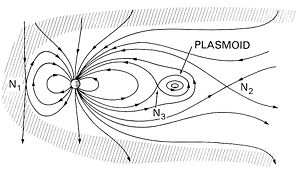 |
| Dick Cheney bought into Relativity. Don’t be like Dick. |
Yes, the atomic clock in orbit runs slower than the same model of clock running at sea level. Time is the same both places, but the clocks run slower up there. Did you know radioactive decay periods change? Did you know G isn’t the same on Earth from day to day, and it’s not applicable at all on other bodies? Did you know that “red shift” isn’t an indication of distance, but of the age of a stellar or galactic body? There’s no black hole at the center of galaxies, there are no black holes anywhere except in the math. There is no such thing as infinity, except in the math. The universe, whatever it is, is everything, so there cannot be an edge because then there would be something outside the universe, but the universe is everything. That means there was no beginning, nor can there be an end (to everything, at least). Galaxies are plasma, stars form along electric filaments. Sometimes at the center of a galaxy the circuit will be cut, like a switch opening (turning off the electric flow), and just like with an electric circuit in a relay in your car, the magnetic fields which were created by the electric current flowing will collapse back into the circuit… a plasmoid of intersecting, tangled mess is formed and radiates all the energy suddenly — more than the whole galaxy was before, bright — throwing off a young quasar. Stars flash up the same way sometimes. Fusion happens outside of a star, not in the core.
Einstein rings? Gravitational Lensing? Sorry, that’s just diffraction of light through the atmosphere of the stars in the path.

Leave a Reply